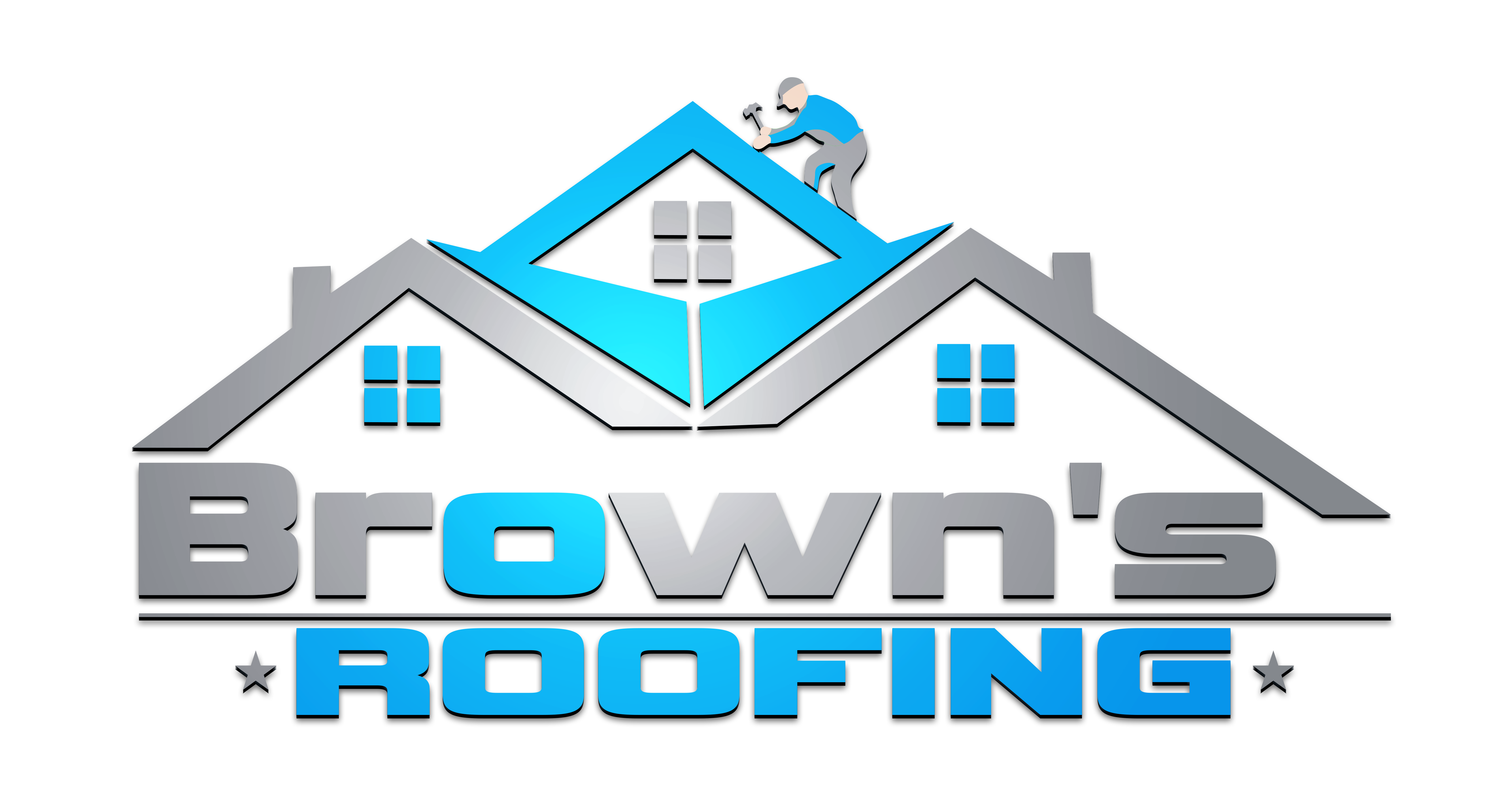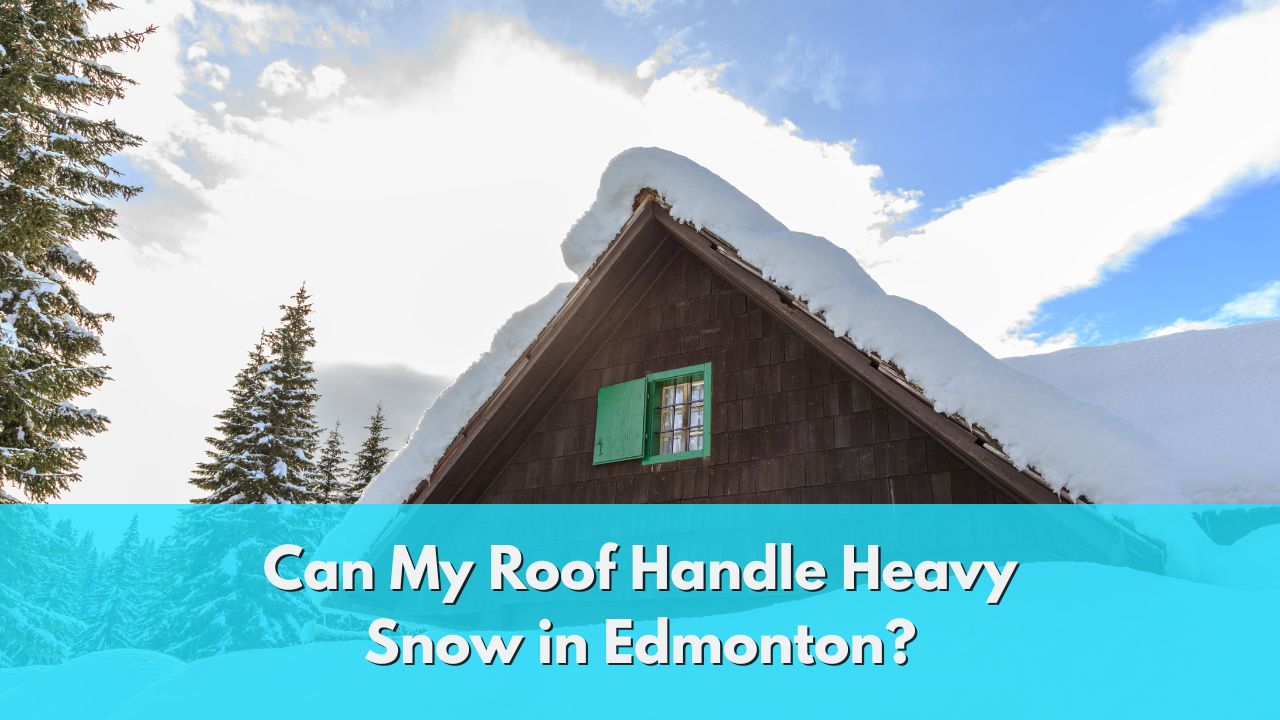Asphalt Shingle Roofing Installation Edmonton | Can My Roof Handle Heavy Snow?
Can your roof handle heavy snow? Find out if you should replace your asphalt shingles from a top Edmonton roofing company.
According to Roofing Companies: Heavy Snow, Heavier Consequences
If you’ve lived through a few Edmonton winters, you already know—snow doesn’t just fall, it stays. And when it piles up on your roof and asphalt shingles in Edmonton, that snow can add thousands of pounds of weight pressing down on your home. At Brown’s Roofing, we’ve seen what happens when roofs aren’t ready for the season: sagging shingles, leaks, and in the worst cases, partial collapses.
The question isn’t whether it will snow—it’s whether your roof can handle it. Here’s what every homeowner should know about how snow affects your roof, the signs of stress, and what you can do to protect your home (and wallet) this winter.
What Is Snow Load—and Why It Matters in the Edmonton area
Snow load is the term engineers use to describe how much weight a roof can safely carry. In Alberta, where we deal with some of the harshest winters in Canada, roofs are built to handle a specific snow load based on regional building codes.
However, a few factors can push even a well-built roof beyond its limit:
- Wet snow: It’s heavier than dry, fluffy snow—up to three times the weight.
- Ice accumulation: When snow melts and refreezes, that ice becomes dead weight.
- Uneven buildup: Wind drifts and shaded areas can cause one side of your roof to carry far more weight than the other.
A typical residential roof is designed to hold around 20 pounds per square foot. But under the right conditions, just 12 inches of wet snow can equal that load. When the snow keeps falling, so does your roof’s safety margin.
What Affects How Much Snow Your Roof Can Handle
Not all roofs are built—or maintained—equally. Here are the biggest factors that determine how your home handles heavy snow:
- Roof Pitch (Slope):
Steeper roofs shed snow naturally. Flatter roofs, on the other hand, allow snow and ice to build up, increasing stress over time.
- Age and Structural Integrity:
An older roof with weakened rafters, sagging sheathing, or deteriorated shingles won’t perform the same as a newer, well-maintained roof. Even small leaks can lead to wood rot that undermines the roof’s strength. - Roofing Material:
Asphalt shingles, metal, and membrane roofs all behave differently under snow. Metal roofs typically shed snow faster, while asphalt roofs may hold onto it longer—especially if granules are worn down. - Insulation and Ventilation:
Warm air escaping from your attic melts snow unevenly, creating dangerous ice dams. Proper insulation and ventilation help maintain consistent roof temperatures and prevent melt-refreeze cycles. - Gutters and Valleys:
Clogged gutters and valleys can trap snow and ice, forcing water back under shingles and into your home. This is one of the most common winter roofing problems we see at Brown’s Roofing.
If your roof hasn’t had a recent inspection, these are all red flags worth checking—before the first major snowfall hits.
Warning Signs Your Roof Is Under Too Much Stress
A roof rarely fails without warning. The challenge is knowing what to look (and listen) for.
Inside your home:
- Cracks suddenly forming in ceilings or drywall
- Doors or windows sticking that didn’t before
- New water stains or drips on ceilings after snowstorms
Outside your home:
- Sagging ridgelines or drooping eaves
- Ice dams forming along the roof edge
- Bowing gutters or fascia boards pulling away from the house
Audible cues:
- Popping
- Cracking
- Creaking
- Noises from above after a heavy snowfall
If you notice any of these, it’s time to take action. Snow removal and inspection should happen immediately before further damage occurs.
How to Protect Your Roof and Asphalt Shingles from Heavy Snow Damage
You can’t control the weather, but you can control how prepared your roof is. Here’s what we recommend to all Edmonton-area homeowners:
- Schedule a Pre-Winter Roof Inspection
Prevention is always cheaper than repairs. Our team at Brown’s Roofing checks for weak spots, damaged roof shingles, deteriorating flashings, and poor insulation. Small fixes now can prevent big problems later.
- Clean Gutters and Downspouts
Make sure melting snow has somewhere to go. Clogged gutters trap water that refreezes and lifts shingles.
- Improve Attic Ventilation and Insulation
A well-ventilated attic keeps the temperature under your roof consistent, reducing the risk of ice dams and excessive snow melt.
- Use a Roof Rake for Snow Removal
Removing snow with a roof rake from the ground is safe and effective for smaller accumulations. Always leave a thin layer to avoid scraping shingles. Never climb onto a snowy roof—it’s not worth the risk.
- Know When to Call the Professionals
If you’re dealing with more than 6–12 inches of heavy snow, ice buildup, or visible sagging, professional snow removal is the safest route. Brown’s Roofing offers winter roof maintenance and emergency services throughout Edmonton and surrounding communities.
- Plan for Roof Reinforcement or Replacement
If your roof is over 20 years old or showing structural fatigue, it may not be up to modern load standards. We can assess your roof and, if necessary, recommend reinforcement or replacement with materials better suited to Alberta’s winters.
When to Call Brown’s Roofing in Edmonton for Roof Repair or Replacement
At Brown’s Roofing today we don’t just fix roofs—we help residents protect their biggest investment. We specialize in roof inspections, repairs, and replacements designed for Alberta’s unpredictable weather.
If you’re unsure whether your roof can handle another winter, book an inspection today. We’ll identify potential weak points, check for hidden damage, and give you straightforward recommendations—without the sales pressure.
Visit brownsroofing.ca/contact or call us today to schedule your free Edmonton winter roof inspection.
Frequently Asked Questions About Heavy Snow and Roofing Services
1. How much snow is too much for my roof?
It depends on your roof’s design, slope, and material. In general, more than 12 inches of wet, heavy snow or 24 inches of dry snow should be removed.
2. Can snow damage my roof or shingles?
Yes. Snow and ice can loosen shingles, create leaks, damage gutters, and even cause roof collapse if the load becomes too great.
3. What is an ice dam, and how do I prevent it?
An ice dam forms when heat from your attic melts snow on the roof, and the water refreezes at the edges. Proper insulation, ventilation, and gutter cleaning can prevent them.
4. Should I remove snow from my roof myself?
You can safely use a roof rake from the ground for light snowfalls. For larger accumulations or steep roofs, it’s best to call professionals like Brown’s Roofing Edmonton.
5. How do I know if my roof is about to collapse?
Warning signs include sagging, cracking sounds, and doors or windows suddenly sticking. If you suspect danger, evacuate and call for help immediately.
6. Can I upgrade my roof to handle more snow?
Yes. Reinforcing trusses, upgrading materials, or installing a new roof system can improve your home’s snow load capacity.
7. Does homeowners insurance cover new roof from collapse due to snow?
It depends on your policy and maintenance record. Many insurers cover sudden collapses, but not those caused by neglect or poor maintenance.
Professional Roof Inspections and Free Estimates
Winter in Alberta doesn’t have to mean worrying about your roof every time it snows. A little preparation, routine maintenance, and professional inspection go a long way toward keeping your home safe and dry.
At Brown’s Roofing Ltd we’re proud to help Edmontonians stay ahead of the elements with honest advice, quality workmanship, and quality roofing with asphalt shingles in Edmonton built to last through every season.
Contact us today at brownsroofing.ca to schedule your inspection before the next storm hits.

